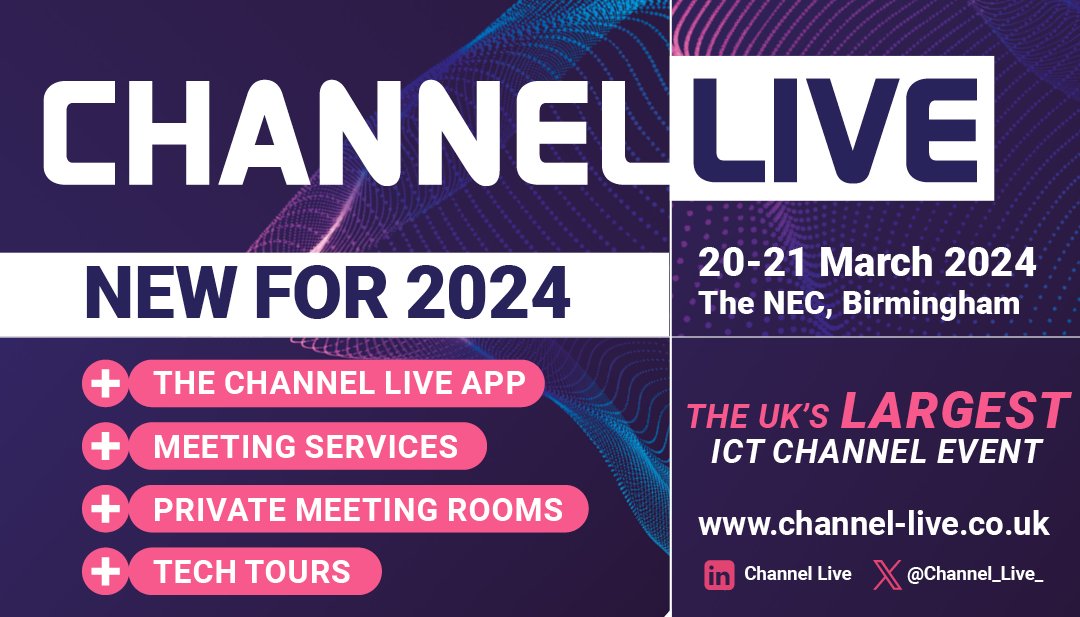In today’s digital landscape, a website isn’t just an online placeholder for your business; it’s a powerful tool for converting visitors into customers, driving sales, and building brand loyalty. However, not all websites are created equal. To stand out in a crowded online marketplace and achieve optimal results, your website must incorporate key elements that engage visitors and guide them seamlessly through the conversion funnel. In this article, we’ll explore five essential elements of a high-converting website.
1. Clear and Compelling Messaging
When visitors land on your website, they should immediately understand what your business offers and why they should choose you over the competition. Clear and compelling messaging is essential for capturing visitors’ attention and communicating your unique value proposition. Your homepage should feature concise yet persuasive headlines and subheadings that highlight the benefits of your products or services. Use language that resonates with your target audience and addresses their pain points or desires.
Additionally, consider incorporating multimedia elements such as videos, infographics, or customer testimonials to reinforce your messaging and make it more engaging. Visual content can help convey complex information in a digestible format and create an emotional connection with your audience.
2. Intuitive Navigation
A well-organized website with intuitive navigation is essential for providing visitors with a seamless browsing experience. Make sure your website’s navigation menu is easy to find and navigate, with clear labels that reflect the different sections or categories of your site. Consider implementing dropdown menus or a search bar to help users quickly find the information they’re looking for.
Furthermore, optimize your website’s internal linking structure to facilitate navigation and guide visitors to relevant pages or content. By making it easy for users to explore your site and find what they need, you can reduce bounce rates and increase the likelihood of conversion.
3. Responsive Design
With the increasing use of mobile devices, it’s more important than ever to ensure that your website is optimized for various screen sizes and devices. A responsive design adapts seamlessly to different resolutions and orientations, providing users with a consistent and visually appealing experience across desktops, smartphones, and tablets.
Mobile-friendly websites not only improve user satisfaction but also contribute to higher search engine rankings, as search engines like Google prioritize mobile-responsive sites in their search results. Investing in responsive design demonstrates your commitment to user experience and accessibility, ultimately leading to higher conversion rates and customer retention.
4. Compelling Calls-to-Action (CTAs)
Effective calls-to-action (CTAs) are crucial for guiding visitors towards desired actions, whether it’s making a purchase, signing up for a newsletter, or requesting a free consultation. Your CTAs should be prominent, visually appealing, and action-oriented, encouraging users to take the next step in their customer journey.
When creating CTAs, be specific about the action you want users to take and highlight the benefits they’ll receive by doing so. Use compelling language and design elements that draw attention to your CTAs without overshadowing other content on the page. A/B testing different variations of your CTAs can help you identify which ones resonate best with your audience and drive the highest conversion rates.
5. Trust Signals and Social Proof
Building trust with your audience is essential for converting visitors into customers. Incorporating trust signals and social proof elements throughout your website can help alleviate concerns and reassure users of your credibility and reliability. Examples of trust signals include customer testimonials, online reviews, trust badges, industry certifications, and secure payment icons.
Displaying real testimonials and reviews from satisfied customers can help establish credibility and address potential objections or hesitations. Likewise, prominently featuring trust badges or security seals can instill confidence in visitors and reassure them that their personal information is safe and secure.
In conclusion, a high-converting website is more than just a digital storefront—it’s a strategic asset that drives business growth and fosters meaningful connections with your audience. By incorporating the essential elements outlined in this article, you can create a website that not only attracts visitors but also converts them into loyal customers and advocates for your brand.



